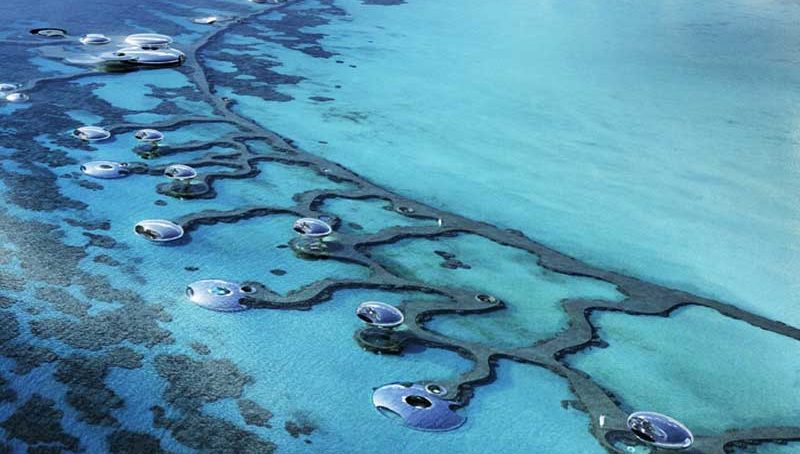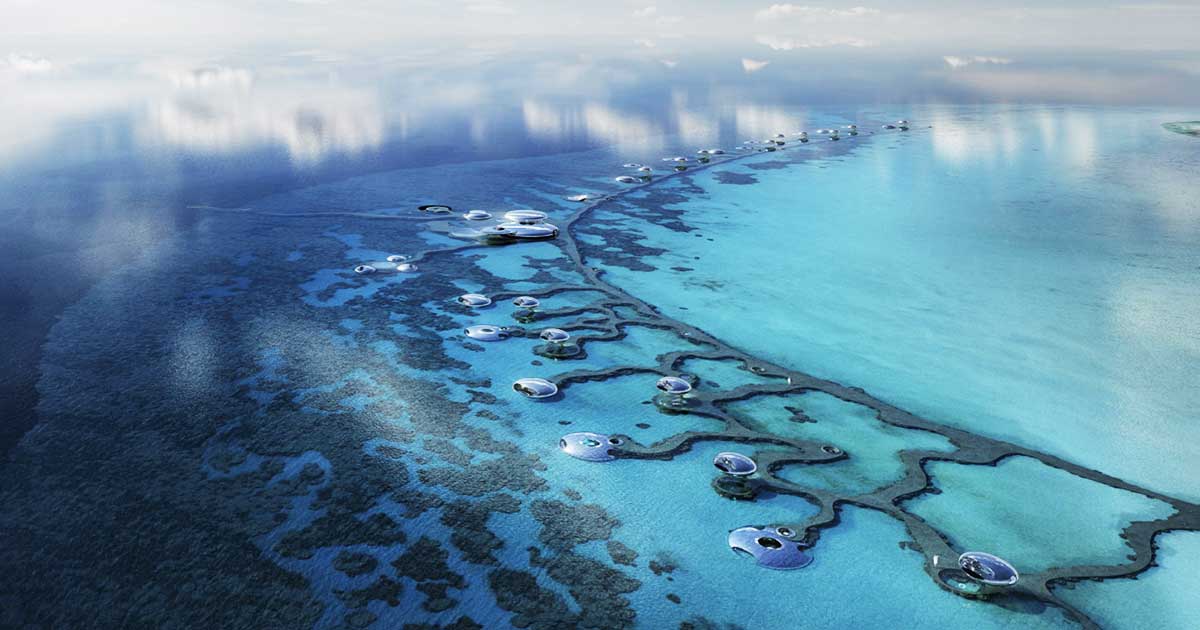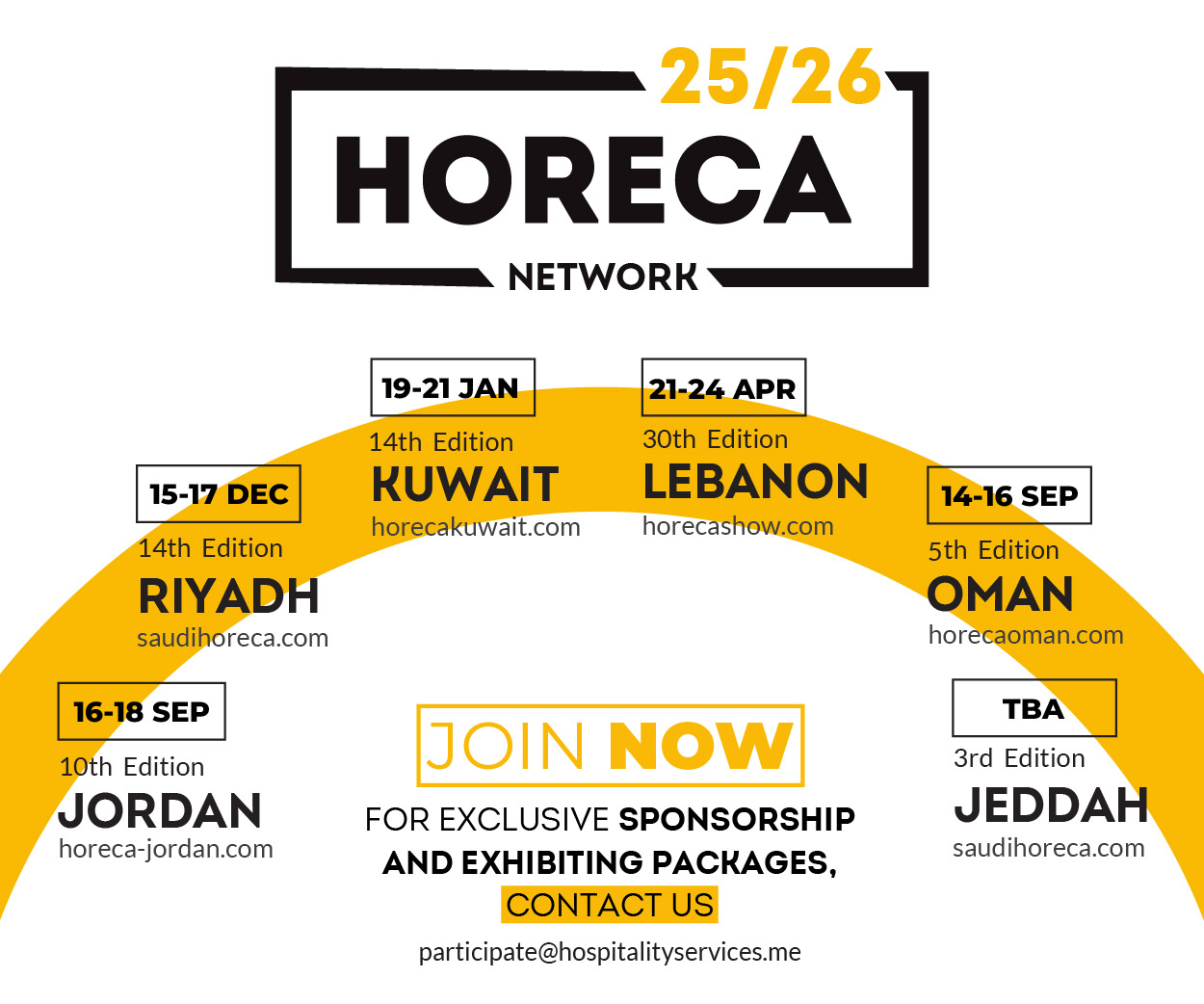


Jay Rosen, head of investment & finance for The Red Sea Development Company (TRSDC), discusses how we can foster a new, positive relationship between tourism and the environment, while providing a sustainable investment opportunity
Identifying the ultimate holiday has always been subjective. Whether the motivation is finding adventure and achieving life-long ambitions, seeking some solitude and peace away from hectic daily lives, or spending precious time with family and friends, the reasons behind every holiday are individual. Recently, however, there has been a perceptible trend, particularly among luxury travelers, toward creating something entirely personalized and unique.
People are increasingly saving to spend on experiences rather than collecting material possessions, and within the luxury sector, travelers are demanding bespoke travel experiences that allow them to explore and be immersed. They are seeking out authentic holidays that create emotional resonance, rather than off-the-shelf packages that others have seen before.
This demand for authenticity is also supporting a further trend: the growth of sustainable travel. Tourists want to visit unspoilt treasures and have life-changing experiences in destinations that are totally unique. A 2018 study by Booking.com found that 87 percent of tourists wish to travel sustainably, and of those, 60 percent say they want to be impressed by the natural sights. More than one-third (34 percent) want to have a truly local experience.
Despite this shift toward sustainable travel, the growth of international tourism makes sustainability on a global scale a complex objective to meet. According to the UNWTO, there will be 1.8 billion tourists by 2030. The burgeoning global middle class, in particular from Asia and India, low-cost airlines and holiday deals, and increased accessibility to what were once classed as off-the-beaten track destinations, have been central to this growth.
While this could suggest a golden age for the international tourist market, the steep rise in numbers has created several problems, one of the most significant being destructive over-tourism. The damage caused by unmanageable numbers of visitors goes further than just a spoilt experience; when the environmental impact to natural assets forces a closure, the resulting economic impact can be severe. As the number of visitors suddenly dwindles, it leads to major repercussions for the dependent local service economy.
The balance that the tourism sector must strike between creating unique experiences and acting sustainably is therefore more delicate than ever. The paradox of achieving sector growth whilst being sustainable has also posed a challenge to investors who, according to the OECD, have historically struggled to identify viable sustainable tourism projects to invest in. This is because the scope and size of the finance required has not been mirrored by previous projects’ ability to deliver an attractive return within an adequate time-frame, and that is why we are creating a different type of destination – one that offers travelers and investors alike a unique opportunity.
At TRSDC, we are doing what is right, and not what is easy. This is for two reasons: firstly, protecting and finding ways to enhance the environment is the responsible course of action, and it is right that any new development should protect the environment and build on sustainable principles; and secondly, from a fundamental business and investment perspective, our natural assets are our USP. If we don’t preserve the environment, ecosystems and local cultures that surround or inhabit the Red Sea Project, the lifespan of the development will be limited, and we will have failed in our primary objective. This is a vital point that is common not just to TRSDC, but to all tourism developments and such a result would limit returns for both investors and our key audience, the Saudi people. The Red Sea Project and TRSDC have been created as part of the Saudi Government’s Vision 2030, which aims to grow and diversify a vibrant economy, of which responsible tourism is a major component.
At TRSDC, we are pioneering a new relationship between luxury tourism and the natural environment. We will achieve this through new best practices in the way design and sustainability govern the planning, development and operation of the destination. We have set ourselves ambitious objectives, such as 100 percent renewable energy and carbon neutrality, and zero-waste to landfill, and our master-plan pledges a 30 percent net gain on existing biodiversity. A dedicated regulatory framework will meet and ultimately exceed new standards in environmental protection and sustainable development, which includes a cap on annual tourist numbers. We have recently announced our partnership with King Abdullah University of Science and Technology on a marine spatial-planning exercise that will help protect and enhance biodiversity and conservation-priority species’ distributions across almost 1,300 square kilometers. Before building began, we had already undertaken over 30 environmental studies.
When the first phase of the project is opened in 2022, guests will be able to enjoy a constellation of bespoke experiences and embrace an exquisite mix of natural beauty and fascinating cultural sites in a truly unique setting, one that will last, to the benefit of guests, businesses, the environment and the Saudi people.
Add to Favorites















